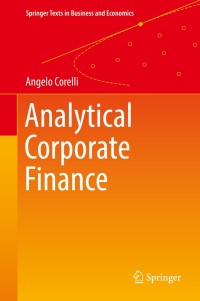Question
The following data is extracted from the financial records of AU Tiles. The data is in relation to the financial year ending 31 December 2019
The following data is extracted from the financial records of AU Tiles. The data is in relation to the financial year ending 31 December 2019 and 31 December 2020. 31 December 2019 31 December 2020 $ $ Cash at bank 11,000 13,000 Inventories 654,000 756,000 Accounts receivable 480,000 520,000 Bills receivable 8,500 9,800 Bad debts written off during the year 6,200 0 Sales revenue for the year 1,820,000 2,600,000 Discount allowed 3,200 2,800 The business uses the Income Statement method to estimate its doubtful debts each year. It has been estimated that 1% of the sales revenue of the year will be the bad debts expense for the year. At the beginning of year 2019, the Allowance for Doubtful Debts account has a credit balance of $12,000.
Required:
A. Determine the amounts of the following accounts. Show your workings for each item. (2 marks)
a) Bad debts expenses for the year ending 31 December 2019 b) Allowance for doubtful debts at the end of year 2019
c) Bad expenses for the year ending 31 December 2020
d) Allowance for doubtful debts at the end of year 2020
B. Calculate the receivable turnover ratio for year 2020 and comment on the ratio. (2 marks)
C. Discuss the differences between ageing method and percentage of net credit sales method. (2 marks)
D. Using the information provided in the question and your calculation from requirement A, prepare the Current Assets section of the balance sheet as at 31 December 2020. (2 marks)
Step by Step Solution
There are 3 Steps involved in it
Step: 1

Get Instant Access to Expert-Tailored Solutions
See step-by-step solutions with expert insights and AI powered tools for academic success
Step: 2

Step: 3

Ace Your Homework with AI
Get the answers you need in no time with our AI-driven, step-by-step assistance
Get Started


